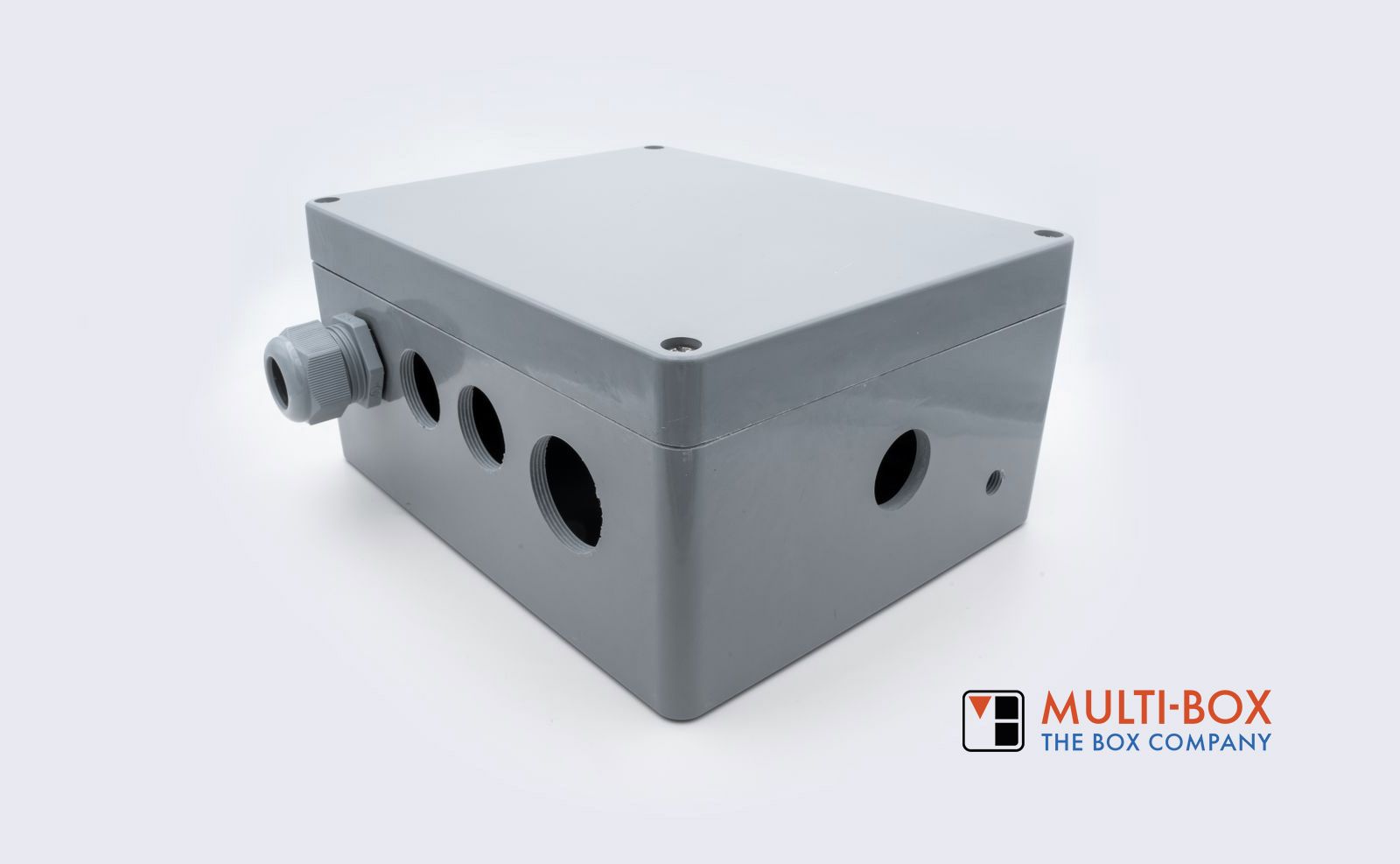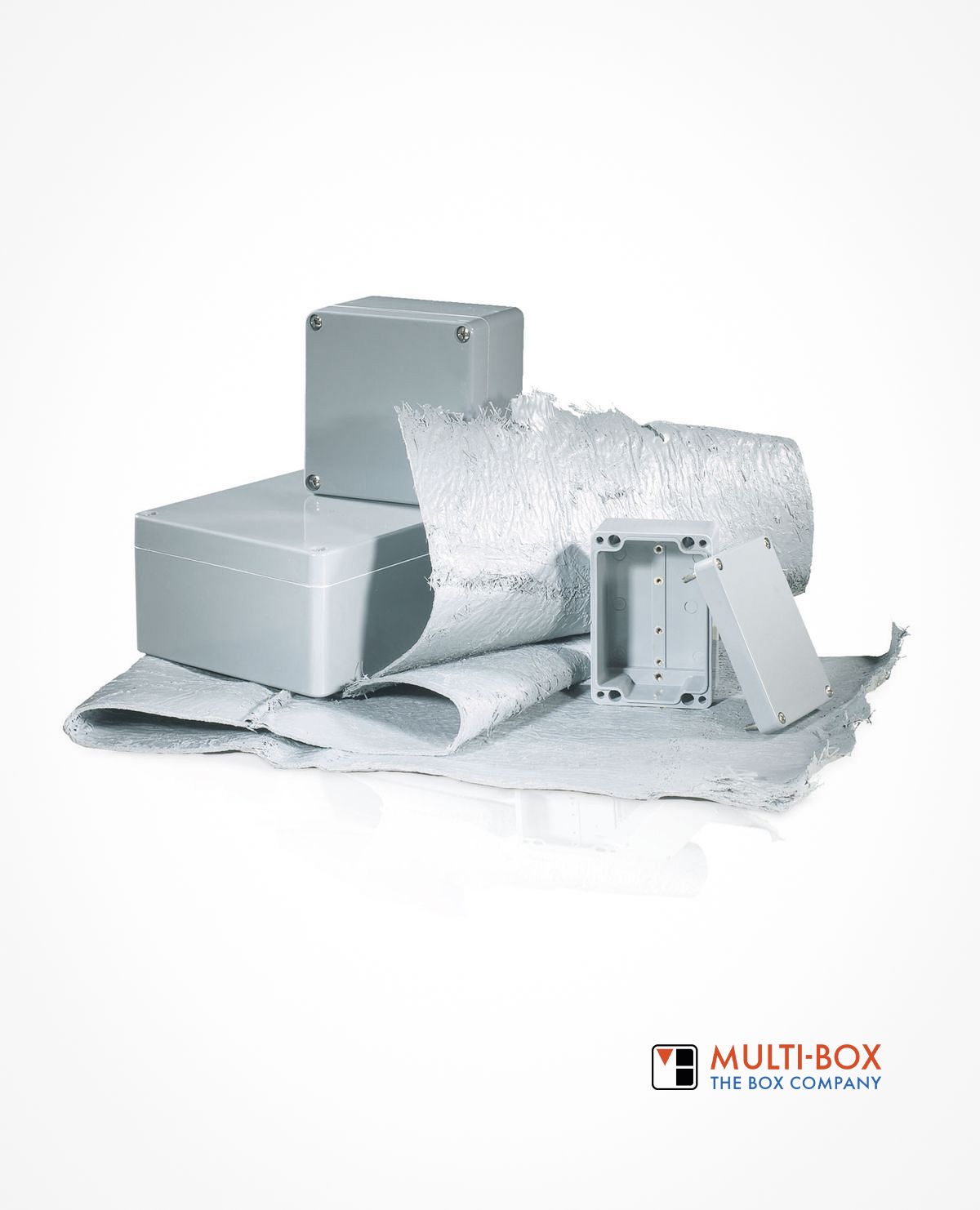Besides good resistance to most solvents and acids, fibre glass reinforced Polyester is flame retardent and self-extinguishing.

The enclosures are generally used as terminal enclosures or as command and information enclosures in chemically aggressive environments, such as refineries or road tunnels.

PROS AND CONS OF POLYESTER ENCLOSURES
Why polyester enclosures? – MBP
PROS |
CONS |
| ✅ Good chemical resistance | ❌ Does not meet high optical demands due to glass fibre content |
| ✅ No softeners/elastomers in the base material | ❌ Higher weight compared to thermoplastics |
| ✅ Absolutely corrosion-free even under mechanical impact (stone chips and scratches) | ❌ Limited choice of colours |
| ✅ High stability and impact resistance due to glass fibre reinforcement | ❌ Low heat conductivity |
| ✅ UV-stable and weatherproof | ❌ Machines with dust extraction system for mechanical processing recommended |
| ✅ Protective insulation of installed components | |
| ✅ Self-extinguishing and flame retardant |


